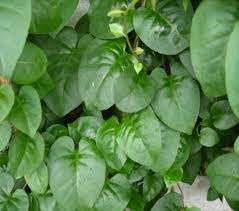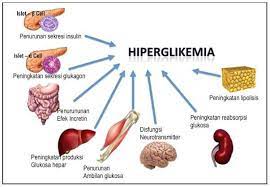The Effect Of Ethanolic Extract Of Katuk Leaf (Sauropus Androgynus) On Malondialdehyde (MDA) Levels In Ovalbumin-Induced Atopic Dermatitis Model Mice
Downloads
Background: Consensus guidelines have been developed to provide current and concise evidence-based recommendations directed to general practitioners and dermatologists in the Asia-Pacific region regarding the management of pediatric and adult AD. In previous studies there were differences regarding MDA levels in AD and non-AD patients. This can be an indication of oral antioxidants to reduce MDA levels in AD patients. Antioxidants themselves are contained in many traditional medicinal plants that are often found in Indonesia, including katuk leaves. Objective: To analyze the effect of the ethanol extract of katuk leaves (Sauropus androgynus) on MDA levels in mice model of atopic dermatitis induced by ovalbumin. Methods: This study used an experimental method using mice with a total sample of 36 individuals. The dosages of katuk leaf extract used were 100 mg/Kg, 200 mg/Kg, and 400 mg/Kg, the parameters measured were plasma MDA and skin tissue using the Wills method. The results obtained will be processed using the One Way ANOVA test and the Kruskal Wallis test. Results: The results of this study were the value of plasma MDA levels in the DA model mice had higher levels than non-DA with a value of 570.5 nmol / L as well as tissue MDA levels with a value of 1727 nmol / g. However, based on the results of different tests between groups with both plasma and tissue MDA variables, both of them had a p value> 0.05, which means they did not have a significant difference between groups. Conclusion: In this study, the results were not significant in giving ethanol extract of katuk leaves on plasma and tissue MDA levels in DA model mice.
Copyright (c) 2025 Hikmah Shabrina Dinda Izzaty, Winawati Eka Putri, Shobihatus Syifak

This work is licensed under a Creative Commons Attribution 4.0 International License.











